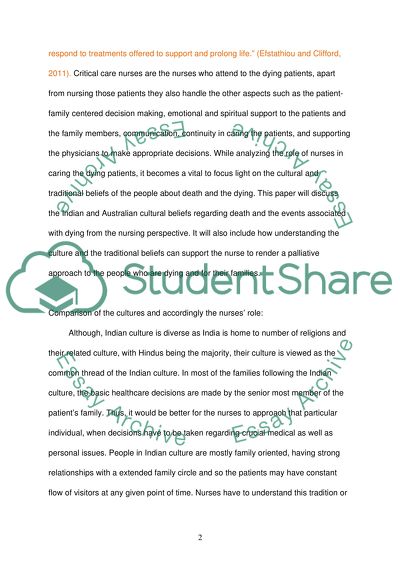Cite this document
(“Indian and Australian Cultural beliefs and tradition on Death and Essay”, n.d.)
Indian and Australian Cultural beliefs and tradition on Death and Essay. Retrieved from https://studentshare.org/nursing/1446531-compare-and-contrast
Indian and Australian Cultural beliefs and tradition on Death and Essay. Retrieved from https://studentshare.org/nursing/1446531-compare-and-contrast
(Indian and Australian Cultural Beliefs and Tradition on Death and Essay)
Indian and Australian Cultural Beliefs and Tradition on Death and Essay. https://studentshare.org/nursing/1446531-compare-and-contrast.
Indian and Australian Cultural Beliefs and Tradition on Death and Essay. https://studentshare.org/nursing/1446531-compare-and-contrast.
“Indian and Australian Cultural Beliefs and Tradition on Death and Essay”, n.d. https://studentshare.org/nursing/1446531-compare-and-contrast.


